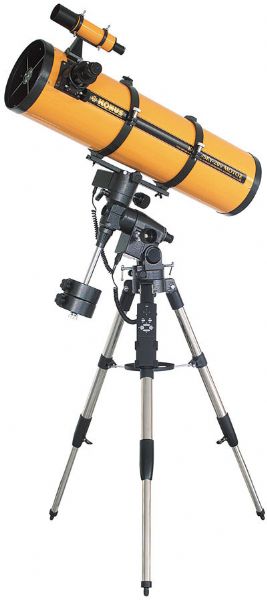

- #Photo reflector mounting on tripod manual#
- #Photo reflector mounting on tripod portable#
- #Photo reflector mounting on tripod series#
#Photo reflector mounting on tripod portable#
Orion Skyscanner 100mm is a very portable telescope and can easily be stowed away in the trunk or a car seat or carried with you as it is easy to grab and go. The StarMax 90mm is an option for higher magnification viewing. If you have a flexible budget, consider the Zhumell Z114, SkyWatcher Heritage 130P Tabletop Dobsonian (same as AWB OneSky 5”) or the StarBlast 4.5” TableTop Dobsonian. Tabletop Dobsonians are practically the only worthwhile options in this price range. These are basically “hobby killer” telescopes, but even more expensive than the (justly) maligned “department store refractors.” Or worse, left out on the sidewalk for someone else to take and try to use. They have tiny apertures and mounts so un-fun they end up being left in the attic, never being used.
#Photo reflector mounting on tripod series#
The Celestron PowerSeeker and AstroMaster series both have entries in this price range, and they are not at all worth it. Many telescopes in this price range, even those sold by well-known brands like Celestron, Meade, and even Orion, are garbage refractors on cheap, finicky mounts. In the same price range, only Zhumell Z100 is a better choice. For our testing pool, we did not venture into those with much larger 10-inch, 12-inch, or 14-plus-inch apertures they are often so big and unwieldy as to deter many people from getting their telescope out and using it as much as possible.Compared to the lower-priced telescopes, the Orion SkyScanner 100mm blows it out of the water optically. That said, larger apertures are more sensitive to heat currents and turbulent atmospheric conditions, and that can affect the image’s sharpness. A larger aperture will in fact collect more starlight in any scenario, allowing you to view fainter objects. Another concern: The “urban aperture” myth suggests that a larger-aperture telescope will collect excess light pollution in city environments, thus affecting performance. If you are viewing super-dark skies with the hope of seeing deep-sky objects like diffuse nebulae, planetary nebulae, open clusters, globular clusters, and galaxies of the Messier catalog, the “bigger aperture equals better vision” maxim holds true. With this model, we easily spotted Saturn’s rings and Jupiter and its moons.Īs Mounsey stressed, the need for a bigger aperture depends on where you are viewing from and what you hope to see. The mirrors expand and collapse, making this model even more amenable to being stored indoors. Like our top pick, this Newtonian-style reflector telescope has a 5-inch mirror, but it’s designed to sit on a tabletop rather than on a tripod, so it works best if you have a picnic table or other support to set it on. So if you’re willing to put in the effort, you’ll become a smarter stargazer.
#Photo reflector mounting on tripod manual#
With that in mind, some of our experts told us they preferred (and even advised) learning the ins and outs of astronomy on a manual telescope.

(Unlike our top pick, this telescope won’t automatically find the specific celestial bodies you seek.) One reason you may not want a manual telescope: You have to collimate (align) the telescope’s mirrors, and if you aren’t aware this has to be done, it can be tedious or frustrating. If you don’t want an electronic GPS function, the Astronomers Without Borders OneSky Reflector Telescope offers the most scope for the money.

So you should have no problem packing it into a trunk and setting it up on location.

This scope weighs 15 pounds, making it very portable relative to other options out there. Unlike with some of the NexStar 5SE’s competitors, this controller worked flawlessly in our tests, offering micro adjustments and responsive tracking with the attached controller system. Instead of fumbling to read star charts and align the telescope manually, with the press of a button you can align and focus your telescope on a myriad of celestial objects. The NexStar 5SE operates on a fully computerized system and gives you a handheld controller to guide it. And it provides sufficient power to introduce you to objects in the deep sky. This telescope has a primary 5-inch mirror-big enough for a light-gathering capacity that yields crisp images of some of the best objects in our solar system, from Saturn’s rings to Jupiter’s cloud bands. The Celestron NexStar 5SE-our pick for the best amateur telescope-is a Schmidt-Cassegrain scope, which means it uses both lenses and mirrors in a relatively compact package.


 0 kommentar(er)
0 kommentar(er)
